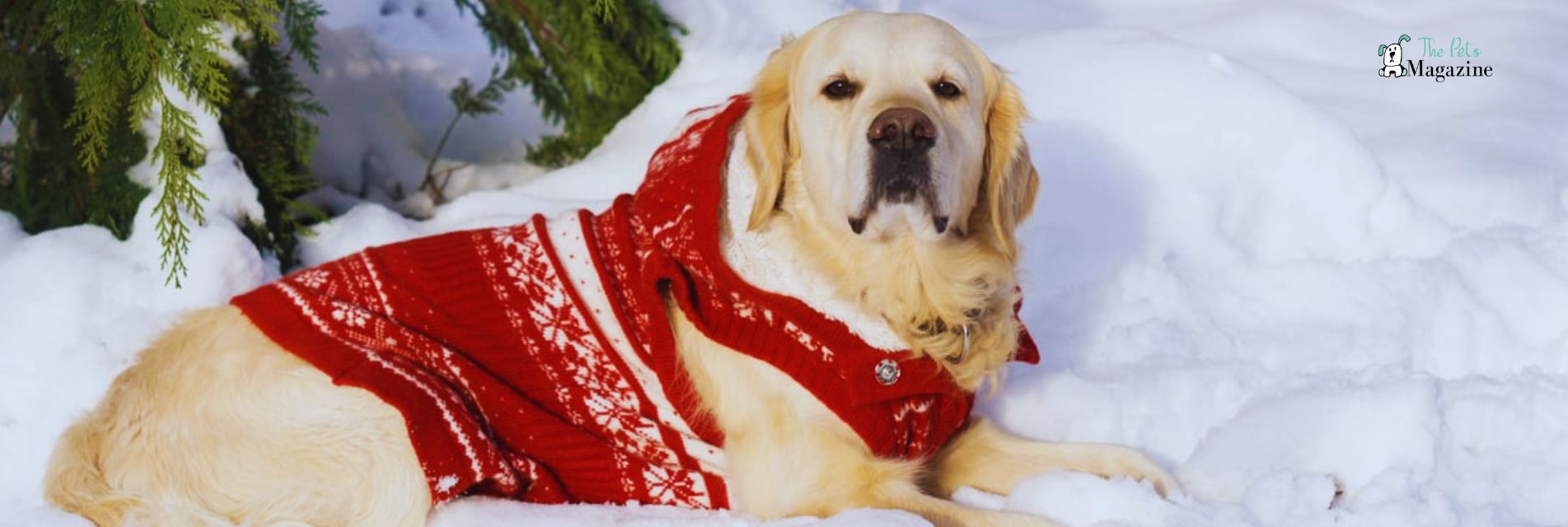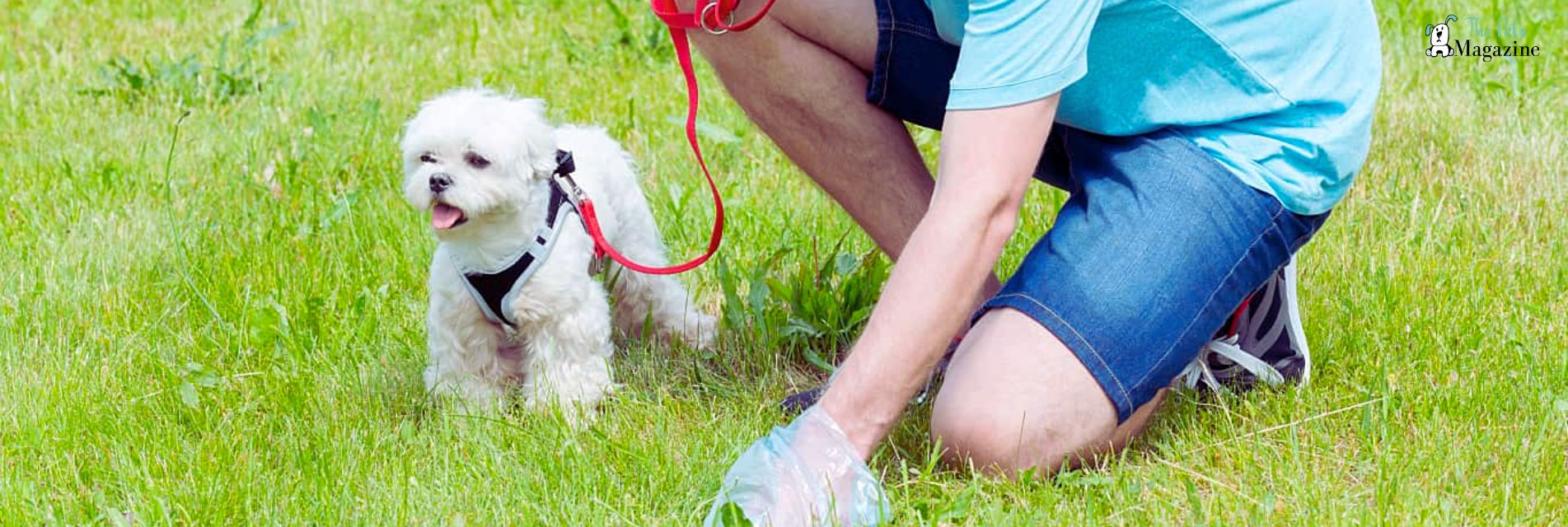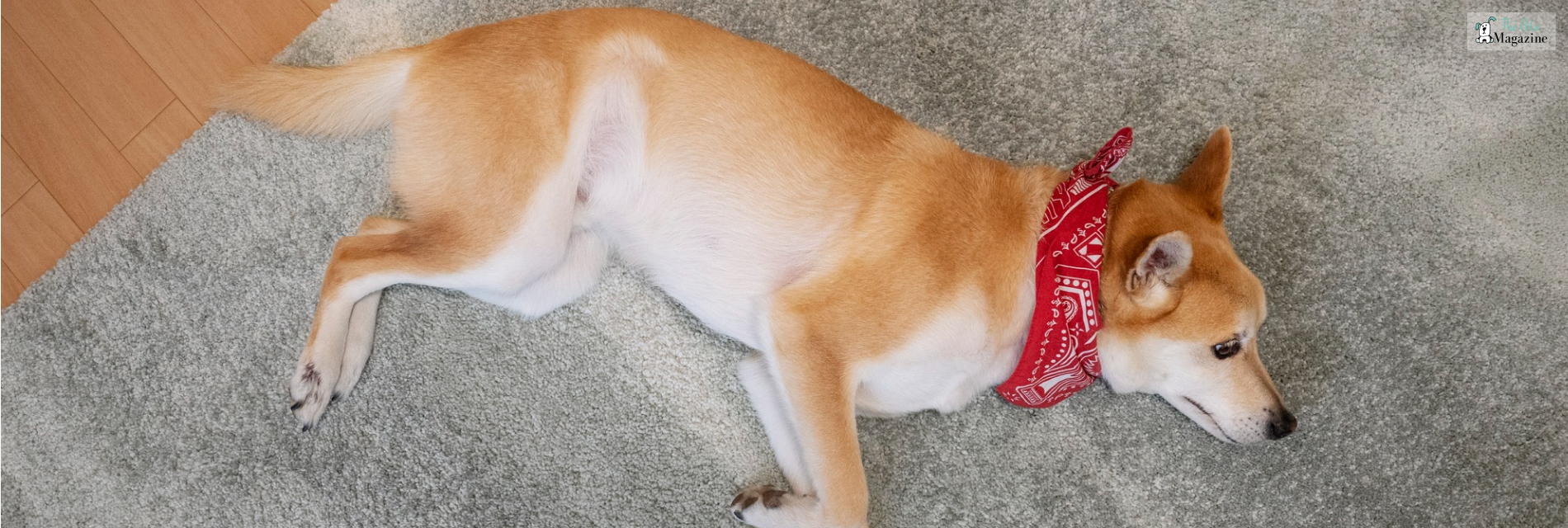A Detailed Guide On How to Keep Dogs Warm In Winter


Winter is coming, but since our fur babies dont have a thick hide like Khaleesi’s dragons, it is up to us to take steps to help them stay warm and comfortable. Just like us humans, dogs are susceptible to the cold and can suffer from hypothermia and other cold-related illnesses if not properly protected. As responsible pet owners, it is our duty to ensure that our dogs stay warm and cozy during the winter months.
In this guide, we will explore various ways on how to keep dogs warm in winter, from providing adequate shelter to using clothing and accessories specifically designed for cold weather. So, if you want to keep your beloved canine companion safe and snug this winter, keep reading!
How To Keep Dogs Warm in Winter🐕

There are several aspects to keep in mind when trying to keep your dog warm for the winter. These are – clothing, bedding, nutrition, grooming and shelter (if you have a outside dog).
We will discuss these points in detail below:
Clothing
There are different types of dog clothing that you can use to keep your dog warm in winter, such as:
Sweaters: Sweaters are cozy and comfortable for dogs, especially those with short hair or thin coats. They can be made of wool, fleece, or cotton, and come in various colors and patterns. Sweaters can cover your dog’s chest, back, and legs, and some have hoods or collars for extra warmth.
Jackets: Jackets are more durable and protective than sweaters, and are suitable for dogs that spend a lot of time outdoors. They can be made of waterproof, windproof, or insulated materials, and have features like zippers, Velcro, or snaps for easy fitting. Jackets can also have reflective strips or patches for visibility in low-light conditions.
Raincoats: Raincoats are essential for dogs that live in rainy or snowy areas, as they can keep them dry and prevent hypothermia. They can be made of nylon, polyester, or vinyl, and have a hood or a collar to cover your dog’s head and neck. Raincoats can also have pockets, harness openings, or leash attachments for convenience.
When choosing the right clothing for your dog, you should consider their size, breed, coat, and preference. Measure your dog’s neck, chest, and back length, and compare them with the size chart of the clothing item before buying.
Make sure that the clothing fits snugly but not too tightly, and does not restrict your dog’s movement or breathing. You should also check the quality and durability of the clothing, and wash it regularly to keep it clean and hygienic.
Bedding

When choosing bedding material for your dog to keep them warm during winter, there are a few options you can consider.
Here are some popular choices:
Orthopedic Foam Bed: These beds are designed to provide support and comfort for dogs. They are usually made of high-quality foam that retains heat and helps insulate your dog from the cold floor.
Heated Dog Bed: Heated beds have built-in heating elements that provide warmth to your dog. They are particularly beneficial for older dogs, dogs with arthritis, or those that are more susceptible to the cold.
Thermal Self-Warming Bed: These beds are designed to reflect your dog’s body heat back to them, providing a cozy and warm sleeping surface. They typically contain a layer of reflective material that helps retain heat.
Elevated Dog Bed: An elevated bed keeps your dog off the cold floor, providing insulation from the ground. These beds are often made of a breathable fabric stretched across a frame, allowing air circulation and preventing the bed from getting too cold.
Insulated Dog House or Crate: If your dog spends a considerable amount of time outdoors or in an unheated area, consider providing them with an insulated dog house or crate. These structures are designed to retain heat and protect your dog from the elements.
Regardless of the bedding material you choose, it’s important to ensure that it is the right size for your dog and easy to clean. Additionally, if your dog tends to chew or destroy bedding, opt for more durable options or consider using blankets or towels that can be easily replaced.
Nutrition Intake
To help your dog stay warm in winter, you can make some dietary adjustments. Here are some tips on what to feed your dog during the colder months:
Increase Caloric Intake
Depending on your dog’s activity level and exposure to cold temperatures, you may need to increase their caloric intake slightly. This helps provide them with the extra energy they need to stay warm. But before making any changes to your dog’s diet, make sure to consult with your veterinarian to determine the appropriate increase in calories for your dog.
Provide Warm Meals
Serving warm or slightly heated meals can be comforting for your dog during winter. You can warm up their regular food by lightly microwaving it or mixing in warm water or low-sodium broth. Ensure the food is not too hot to avoid burns.
Incorporate Healthy Fats
Try to Include more healthy fats in your dog’s diet during the cold winter months. It can help provide extra energy to your fur baby and improve their coat condition. You can consider adding small amounts of healthy fats, such as fish oil or coconut oil, to their food. However, be sure to consult with your veterinarian for appropriate dosage and recommendations.
Increase Fiber Intake
Fiber can help regulate your dog’s digestion and keep them feeling full. Adding fiber-rich foods like pumpkin or sweet potatoes to their diet can be beneficial. Just be mindful of the overall calorie intake, especially if your dog needs to maintain or lose weight.
Hydration is Important
Even though it’s colder, it’s still crucial to ensure your dog stays hydrated. Make sure fresh and clean water is readily available to them at all times. If your dog doesnt like to drink a lot of water, then consider feeding wet or moist food to your pup. It can provide additional hydration and warmth to your dog’s meals. It can also be easier for them to eat, especially if they have dental issues or struggle with dry kibble.
Keeping dogs warm and comfortable in winter is not only a matter of kindness, but also of health and safety. By providing your dogs with suitable clothing, bedding, food, and water, you can protect them from the cold and prevent illnesses or injuries.
You can also consult your veterinarian or a pet expert for more tips and advice on how to care for your dogs in winter. Remember that your dogs depend on you for their well-being, and they will reward you with their love and loyalty. As the famous saying goes, “A dog is a man’s best friend.” So, treat your dogs like your friends, and they will stay warm and happy in winter and beyond.








Leave A Comment